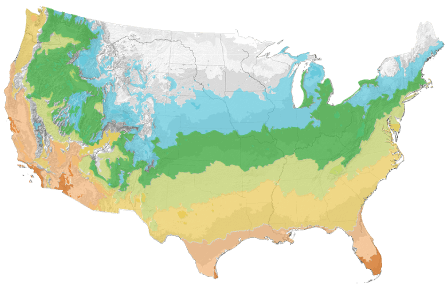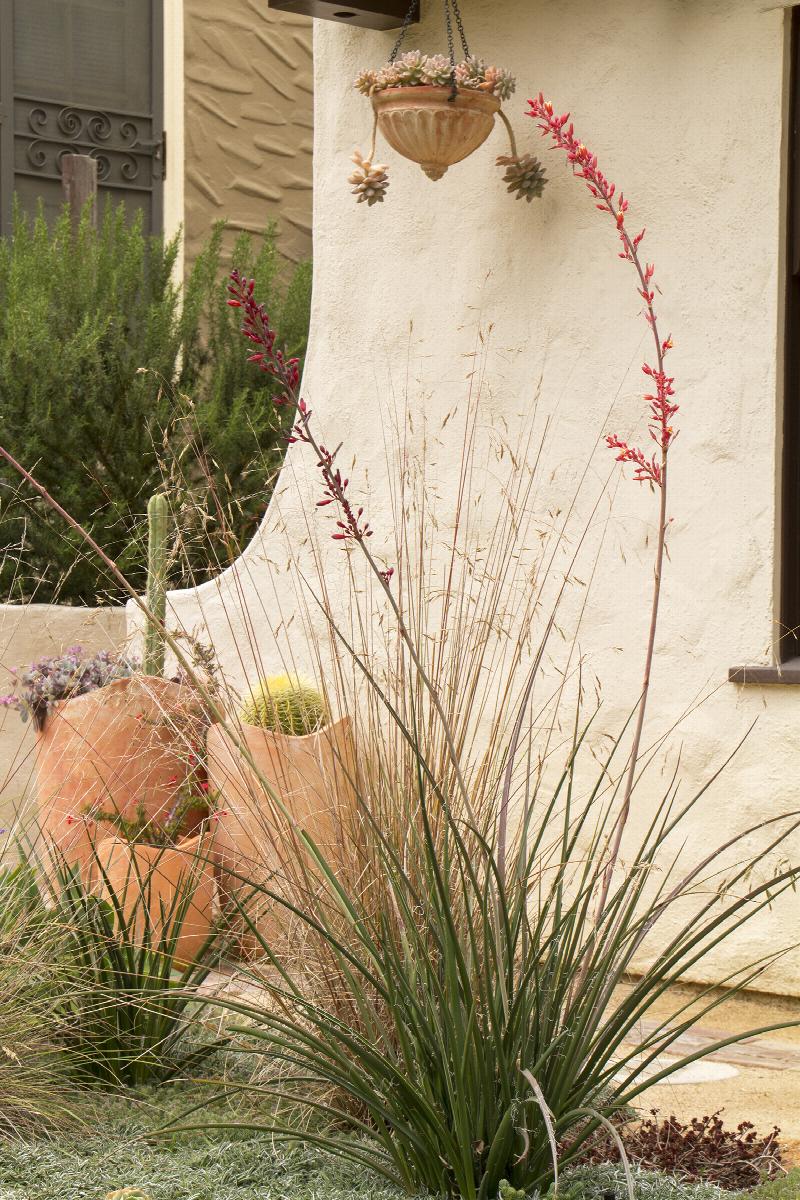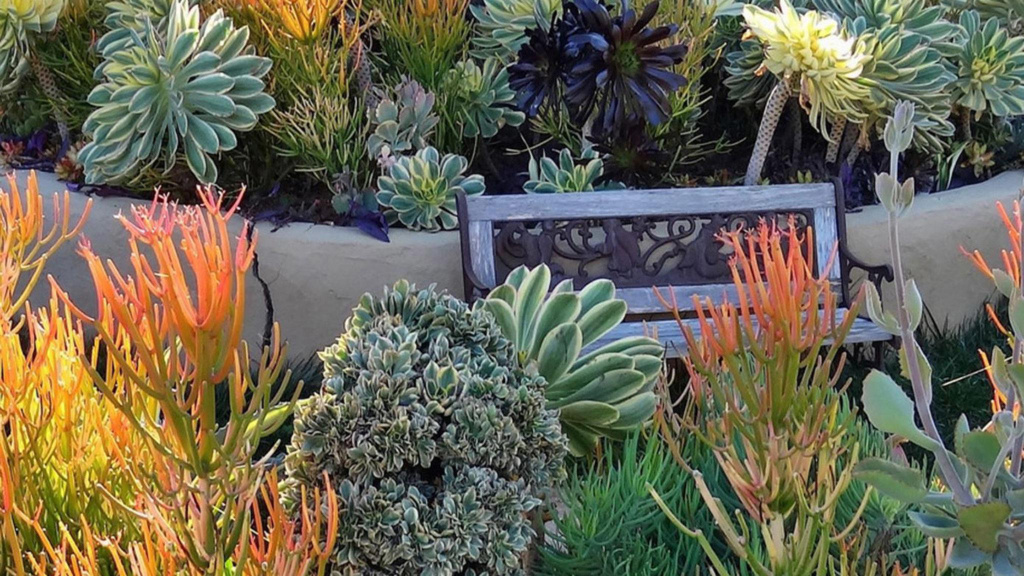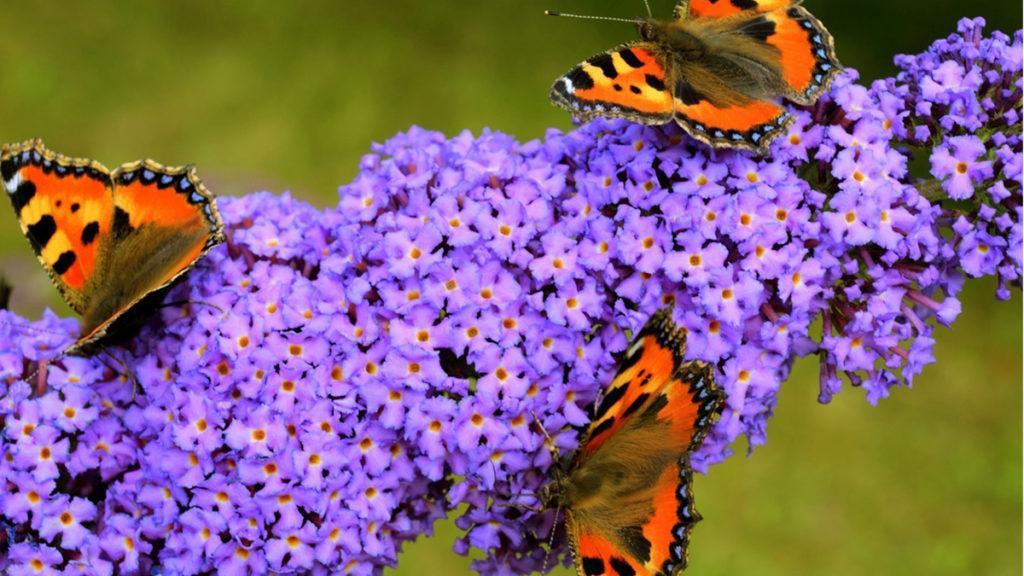Red Yucca
Hesperaloe parviflora
Pronunciation: hess-per-AL-oh par-VEE-flor-uh
SKU #04040
| Description | Tall spikes hold deep rose-pink flowers atop clumps of slender, green, drought tolerant foliage. Blooms nearly year-round in warm winter regions. An effective choice to add dramatic interest in a rock garden, as a landscape accent or in containers. Partners beautifully with other desert-like plants. Evergreen. |
|---|---|
| Light | Full sun |
| Watering | Once established water during dry spells. |
| Blooms | Early summer; longer in warm winter regions. |
| Mature Size | Foliage reaches 3 to 4 ft. tall and wide; flowers reach 4 to 6 ft. tall. |
| Deciduous/Evergreen | Evergreen |
|---|---|
| Special Features | Easy Care, North American Native Selection, Waterwise, Benefits Birds |
| Problems/Solutions | Coastal Exposure, Deer Resistant, Rabbit Resistant |
| Growth Rate | Moderate |
| Growth Habit | Clumping |
| Flower Attributes | Repeat Flowering, Showy Flowers |
| Landscape Use | Border, Container |
|---|---|
| Design Ideas | This Southwest native is at home in a desert, xeriscape or rock garden. It will add color and textural interest to cottage beds and borders if placed with other low water use perennials. Plant along dry streambeds, landscape boulders or in large Santa Fe-style clay pots. Plant en masse in the farther reaches of your garden along with other grasses for a colorful, native grassland design. |
| Flower Color | Pink |
| Foliage Color | Green |
| Companion Plants | Yellow Bird of Paradise (Caesalpinia); Hens and Chicks (Sempervivum); Sedum (Sedum); Crassula (Crassula); Westringia (Westringia) |
| Care | Easily grown in average to lean, well-drained soil. Water regularly in first growing season to establish root system. Once established, reduce frequency; tolerates moderate dry spells, but prefers periodic water. Feed in early spring. Remove spent bloom stalks for a neat appearance. Protect young, tender plants from rabbits and deer. |
|---|
This Plant's Growing Zones: 5-11

Your USDA Cold Hardiness Zone:
Your climate may be too cold for this plant
Buy Online
We cannot currently ship this product to your zip code.
Buy Locally
No Retailers found within 50 miles of your zipcode
About Us
We have been pioneers and craftsmen in the art of growing plants for nearly
100 years. Since our founding in Southern California by Harry E. Rosedale, Sr.
in 1926, we have been absolutely dedicated and obsessed with quality.
We have been pioneers and craftsmen in the art of growing plants for nearly 100 years. Since our founding in Southern California by Harry E. Rosedale, Sr. in 1926, we have been absolutely dedicated and obsessed with quality.




